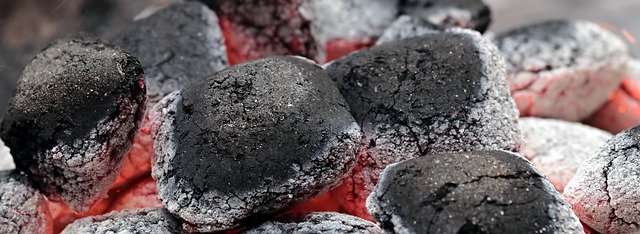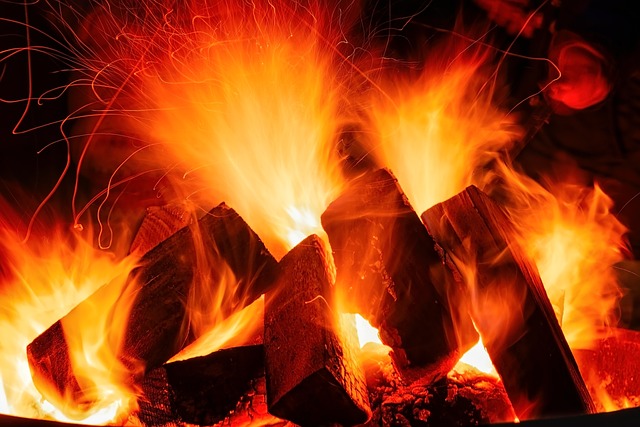Water damage mitigation and efficient drying are paramount after disasters like flooding, broken pipes or fires in California, crucial for minimizing repair costs, preventing mold & structural damage, and maximizing property value. Professional inspectors use specialized tools to accurately assess damage, while advanced dehumidification techniques speed up the restoration process. Strict legal guidelines demand comprehensive disclosure of fire damage during the sale of such properties, with proper documentation enhancing market appeal.
Water damage mitigation is a critical process that requires swift action and specialized techniques, especially after disasters like fires. This comprehensive guide explores various aspects of mitigating water damage, focusing on California’s unique challenges. From understanding initial steps post-disaster to advanced drying methods and legal considerations when selling fire-damaged property, we provide essential insights for professionals and homeowners alike. Discover effective strategies to navigate the complexities of water damage restoration in California.
- Understanding Water Damage Mitigation: The Initial Steps After a Disaster
- Assessing and Containing the Impact: Strategies for Fire-Damaged Properties in California
- Dry Out and Restore: Advanced Techniques for Effective Drying and Dehumidification
- Legal Considerations and Selling Fire-Damaged Real Estate in California
Understanding Water Damage Mitigation: The Initial Steps After a Disaster

Water damage mitigation is a critical process that begins immediately after a disaster, such as flooding or a broken pipe, to minimize the impact on affected properties. The initial steps are crucial in California, where quick action can prevent extensive and costly repairs. Homeowners and businesses should first assess the extent of the water intrusion, documenting any damage with photos for insurance claims. This step is essential, especially when selling fire damaged property California, as it provides a clear picture of the pre-loss condition.
After assessing, the next phase involves shutting off the main water supply to prevent further leakage and moisture buildup. It’s then recommended to remove standing water and dry out the affected areas as quickly as possible using professional drying equipment. This process is vital to deter mold growth and structural damage, which can significantly impact the resale value of a property. Prompt mitigation measures ensure that fire damaged properties in California are restored efficiently, maintaining their market appeal for potential buyers.
Assessing and Containing the Impact: Strategies for Fire-Damaged Properties in California

After a fire, assessing and containing the water damage is crucial for any property owner in California considering selling their fire-damaged home. The first step involves identifying the extent of both the fire and water harm. Water from fire-suppression systems or broken pipes can leave behind significant moisture, which, if not promptly addressed, may lead to mold growth and structural deterioration. Professional inspectors equipped with advanced tools are essential for accurate assessments. They can pinpoint affected areas, determine the source of moisture, and assess the severity of damage.
Once assessed, containing the impact is paramount. This involves temporary repairs like boarding up windows and doors to prevent further water intrusion, as well as setting up dehumidifiers to reduce humidity levels. These measures not only safeguard against secondary damages but also provide a safer environment for occupants and future residents. For those looking to sell fire-damaged properties in California, addressing these issues is essential to mitigate potential buyer concerns and maximize the property’s resale value.
Dry Out and Restore: Advanced Techniques for Effective Drying and Dehumidification

In the aftermath of water damage, one of the most critical steps in mitigating and restoring properties is achieving efficient drying and dehumidification. This process involves advanced techniques to ensure every inch of the affected area is thoroughly dried, preventing further deterioration and mold growth. Specialized equipment, such as industrial-grade air movers and dehumidifiers, plays a pivotal role in this phase. These tools expedite drying by circulating warm, dry air, removing moisture from surfaces, and reducing humidity levels.
For fire damaged properties in California, where swift action is paramount to prevent the sale of these damaged assets at a loss, professional restoration services employ advanced drying techniques. This includes strategic placement of equipment to target hard-to-reach areas, as well as monitoring progress with moisture meters. By adhering to strict industry standards and utilizing cutting-edge technology, restoration experts ensure properties are thoroughly dried, safe for habitation, and valuable for future sale or rehabilitation.
Legal Considerations and Selling Fire-Damaged Real Estate in California

In California, selling fire-damaged real estate involves a unique set of legal considerations. Property owners must be aware of state and local regulations that govern disclosure requirements for potential buyers. The California Civil Code mandates comprehensive disclosure of any known material defects in a property, including damage from fires. Sellers are legally bound to provide potential purchasers with accurate information about the extent of fire damage and any ongoing mitigation efforts to ensure transparency and fairness in the real estate transaction.
When selling fire-damaged property in California, it’s crucial to involve professionals who specialize in water damage restoration and fire repair. These experts can assess the property, mitigate any remaining hazards, and provide documentation of the repairs made. This not only helps in adhering to legal requirements but also enhances the property’s market value by demonstrating that necessary steps have been taken to restore safety and aesthetics. Proper documentation and transparent communication throughout the process are key to a successful sale of fire-damaged real estate in California.
Water damage mitigation is a critical process that requires immediate action and specialized techniques, especially in California’s fire-prone areas. By understanding the initial steps, assessing and containing impacts, employing advanced drying methods, and considering legal aspects, homeowners can effectively navigate the path to restoration and, ultimately, selling fire-damaged property in California. These strategies not only ensure a safer, more livable space but also maximize property value and minimize legal complexities.






